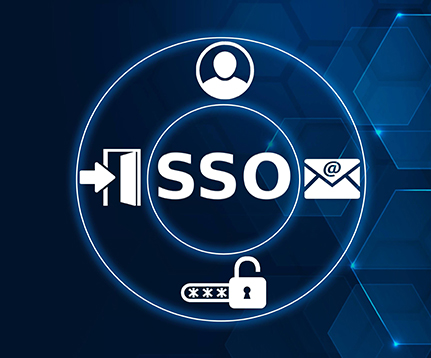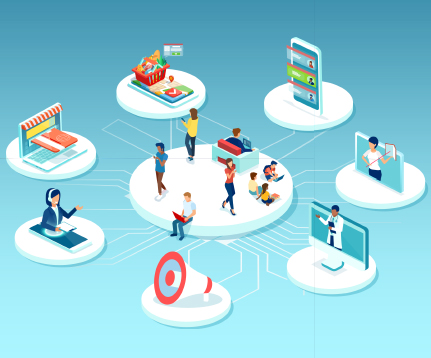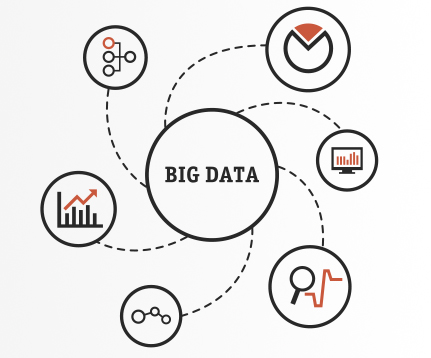

Data Governance is a four-way framework comprising availability, applicability, integrity, and security. It is a set of processes, used by the stakeholders who use technology, to ensure that the important and critical data is managed and protected. It involves a…

Single sign-on (SSO) is a session/user authentication process that permits a user to enter one name and password in order to access multiple applications. The process authenticates the user for all the applications they have been given rights to and…

GRC is a discipline that brings together focus areas across corporate governance, enterprise risk management and corporate compliance. The aim of an effective GRC strategy is to ensure that right efficiencies are brought in and more effective information sharing and…

Any IT infrastructure hosts a multitude of accounts, each with their own levels of rights and privileges. Some accounts consist of only users and may not have the rights to access files, install programs or change configuration settings. At the…

With the proliferation of social media and evolution of newer technologies, there are, now, multiple ways for businesses to reach their customers. Also, marketers today have various platforms to promote their products on. Thus, customers expect a smooth and seamless…

Sqoop (SQL-to-Hadoop) is one of the most popular Big Data tools that leverages the competency to haul out data from a non-Hadoop data store by transforming information into a form that can be easily accessed and used by Big Data…

A branch of advanced analytics, it is used to make predictions about unknown events in the future. It extracts information from existing sources of data to determine patterns and predict future trends and results. It uses different techniques to make…

Any IT infrastructure hosts a multitude of accounts, each with their own levels of rights and privileges. Some accounts consist of only users and may not have the rights to access files, install programs or change configuration settings. At the…

Infrastructure in a traditional datacenter is typically defined by hardware and devices. It comprises of thousands of different applications, running in a mixed hardware environment using multiple management tools. One of its key characteristics is frequent application patching and updation…